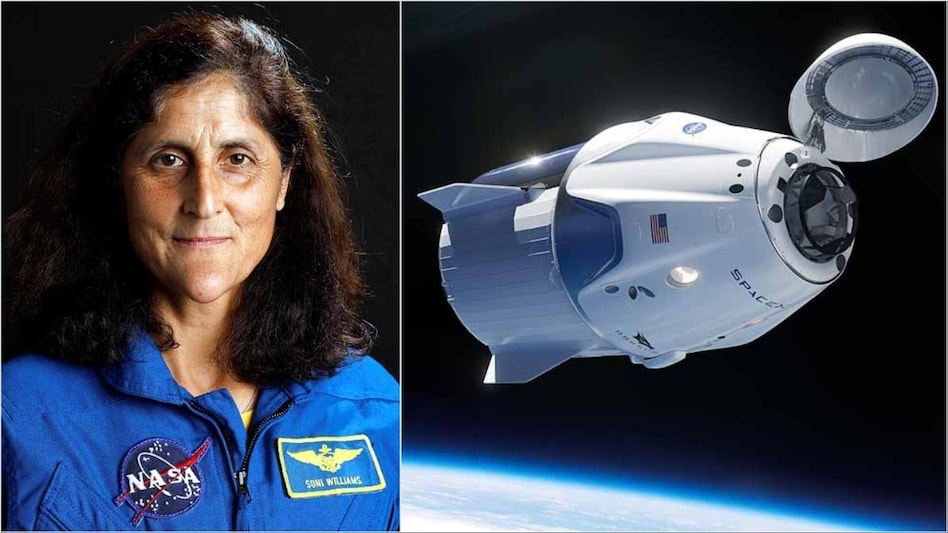
 NASA decided that Wilmore and his fellow astronaut, Sunita Williams, would return to Earth aboard a SpaceX Dragon capsule in February 2025, instead of the Starliner.
NASA decided that Wilmore and his fellow astronaut, Sunita Williams, would return to Earth aboard a SpaceX Dragon capsule in February 2025, instead of the Starliner. NASA decided that Wilmore and his fellow astronaut, Sunita Williams, would return to Earth aboard a SpaceX Dragon capsule in February 2025, instead of the Starliner.
NASA decided that Wilmore and his fellow astronaut, Sunita Williams, would return to Earth aboard a SpaceX Dragon capsule in February 2025, instead of the Starliner.NASA and Boeing are preparing for the uncrewed return of the Starliner spacecraft from the International Space Station (ISS) to Earth, with safety and mission success as paramount concerns. This follows the decision to bring the spacecraft back without its crew after technical issues arose during its first crewed flight. NASA astronaut Sunita Williams, who was aboard the Starliner with Butch Wilmore, will remain on the ISS and return to Earth in February 2025 aboard a SpaceX Dragon spacecraft.
Stringent Safety Protocols for Land-Based Landing
Starliner is the first American capsule designed for a land-based touchdown, enabling faster recovery of astronauts and cargo and facilitating spacecraft refurbishment. Potential landing sites include White Sands Missile Range in New Mexico, Willcox, Arizona, Dugway Proving Ground in Utah, and Edwards Air Force Base in California as a contingency option.
Rigorous weather checks are conducted 24 hours before undocking and prior to the deorbit burn. Wind speeds, ground temperatures, cloud ceiling, visibility, and precipitation are all carefully monitored to ensure safe landing conditions.
Re-entry and Landing Procedures
Once undocking is initiated, Starliner will perform a series of departure burns, reaching its landing site in approximately six hours. After the deorbit burn, the service module will be jettisoned and burn up upon re-entry over the Pacific Ocean.
The command module will then maneuver into re-entry position, experiencing extreme temperatures of up to 3,000 degrees Fahrenheit. This plasma buildup may temporarily interrupt communication with the spacecraft.
At 30,000 feet, the forward heat shield will be jettisoned, deploying drogue and main parachutes to slow the spacecraft's descent. The base heat shield will be released at 3,000 feet, allowing the landing bags to inflate. The spacecraft is expected to touch down at a speed of approximately 4 mph.

Post-Landing Recovery Operations
A dedicated landing and recovery team will be stationed near the landing site. A sequence of five teams will approach the spacecraft in a specific order:
Gold Team: Checks for hypergolic fuel residue and covers the thrusters.
Silver Team: Electrically grounds and stabilises the spacecraft.
Green Team: Supplies power and cooling to the crew module.
Blue Team: Documents the recovery process.
Red Team: Opens the hatch, retrieves time-critical cargo, and prepares the spacecraft for transfer to Kennedy Space Center for refurbishment.
For Unparalleled coverage of India's Businesses and Economy – Subscribe to Business Today Magazine